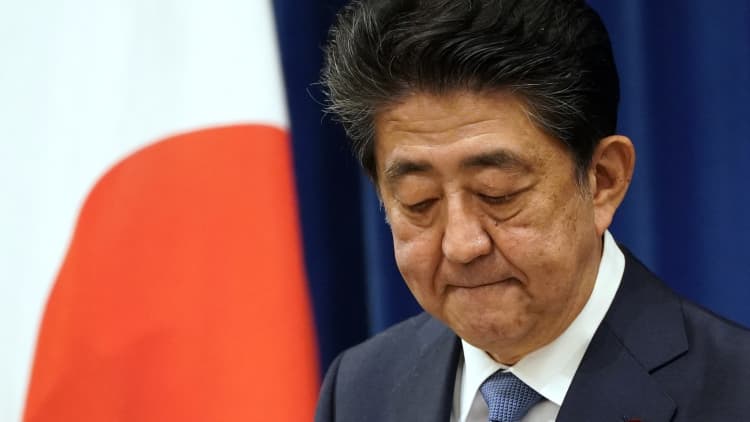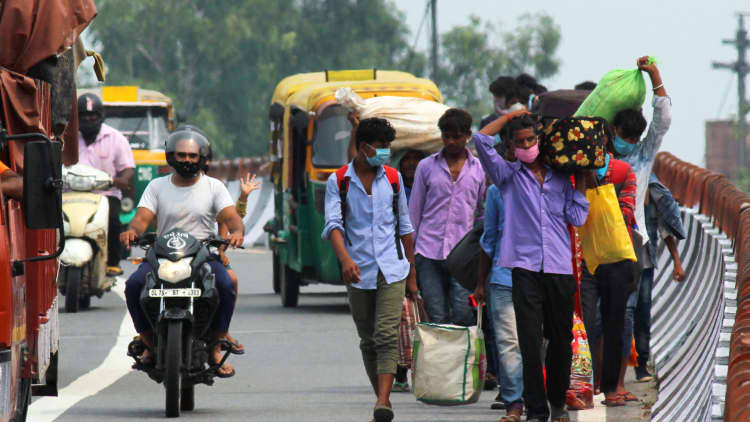SINGAPORE — The number of people living in poverty in developing East Asian and Pacific countries could increase for the first time in 20 years, as the coronavirus pandemic erased much of this year's economic growth, a World Bank forecast showed on Monday.
The bank defined the poverty line as income of $5.50 a day. It said as many as 38 million more people could fall below that income level this year, including 33 million who would have escaped poverty if not for the Covid-19 shock.
That World Bank forecast was published in an economic update for the region, which includes China, Southeast Asian countries and the Pacific Islands, such as Fiji and Samoa. The report doesn't include India and other South Asian countries.
Sickness, food insecurity, job losses, and school closures could lead to health and learning losses that could last a lifetime.World Bank
The report adds to an expanding body of research on how the pandemic is disproportionately hurting the poor. In July, the United Nations projected that 8.8% of the world's population will live in extreme poverty this year, an increase of 8.2% in 2019. Extreme poverty is defined as income below $1.90 a day.
"Scars" left behind by the Covid-19 crisis could last for many years, said the World Bank.

"Sickness, food insecurity, job losses, and school closures could lead to health and learning losses that could last a lifetime. The poor will be disproportionately disempowered because of worse access to hospitals, schools, jobs, and finance," it said in the report.
But greater adoption of technology as a result of the pandemic could help the poor better access opportunities and public services, the bank added.
"For these benefits to arise, these technologies must be broadly available."
Weakest economic growth since 1967
The poverty forecast for developing countries in East Asia and the Pacific comes as the region is expected to grow just 0.9% this year — the weakest growth rate since 1967, according to the World Bank.
"COVID-19 has delivered a triple shock to the developing East Asia and Pacific (EAP) region: the pandemic itself, the economic impact of containment measures, and reverberations from the global recession brought on by the crisis," it explained.

China, the world's second-largest economy, is expected to grow by 2% this year — one of the only three countries in the grouping expected to register growth this year, the bank said.
But economic growth in the region is forecast to jump by 7.4% next year, with China projected to register the largest expansion of 7.9%, the report showed.
"Prospects for the region are brighter in 2021," said the World Bank. "However, output is projected to remain well below pre-pandemic projections for the next two years."






